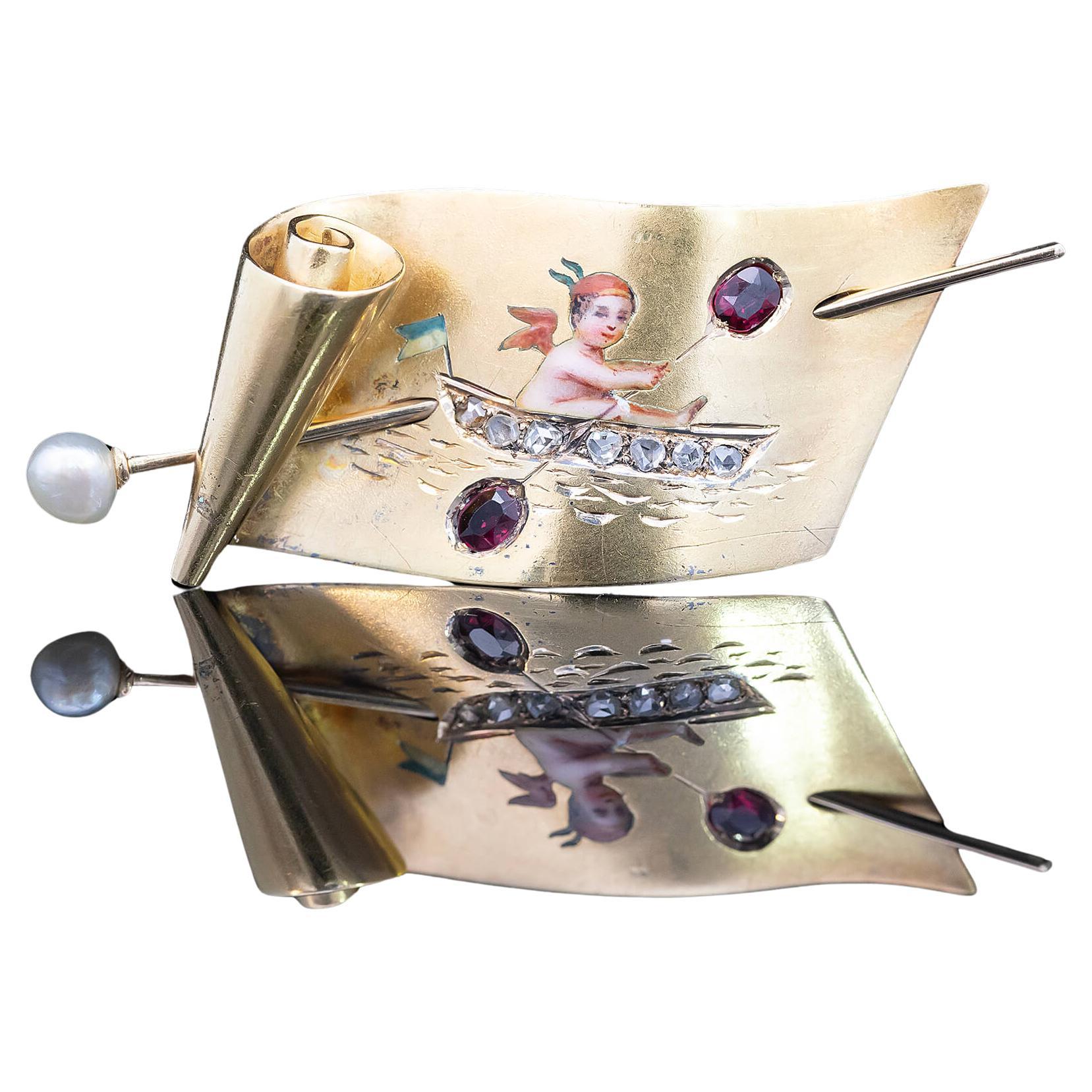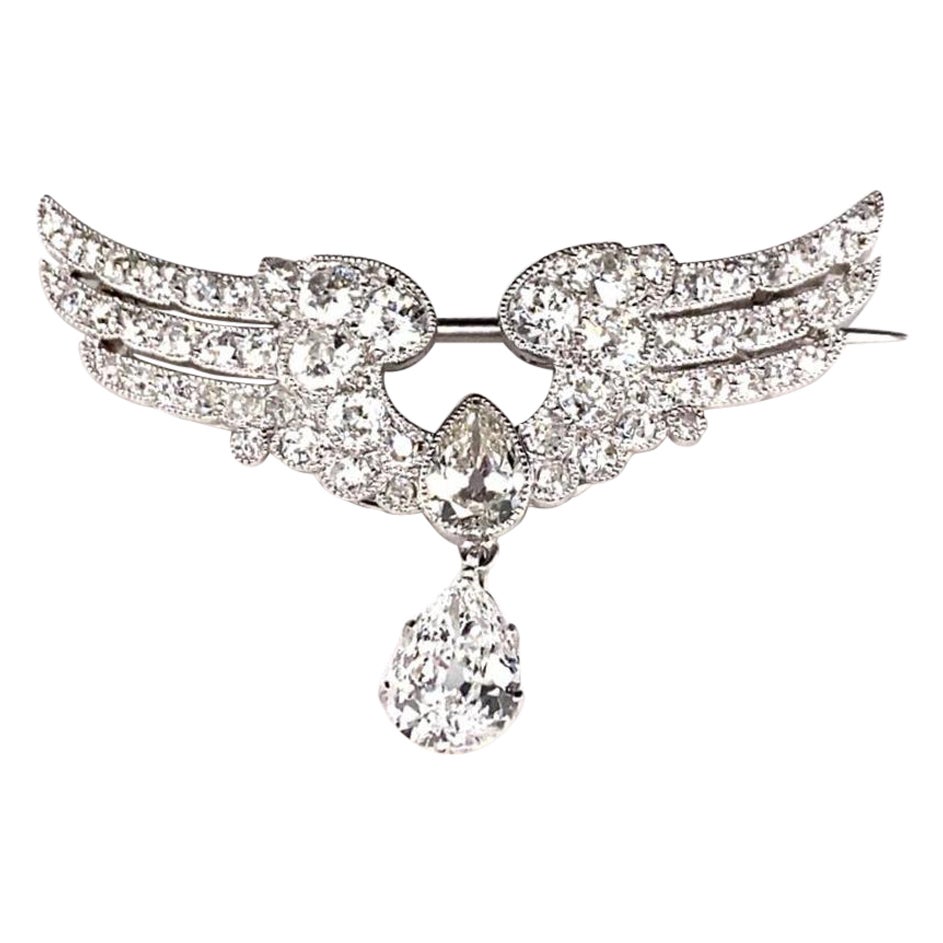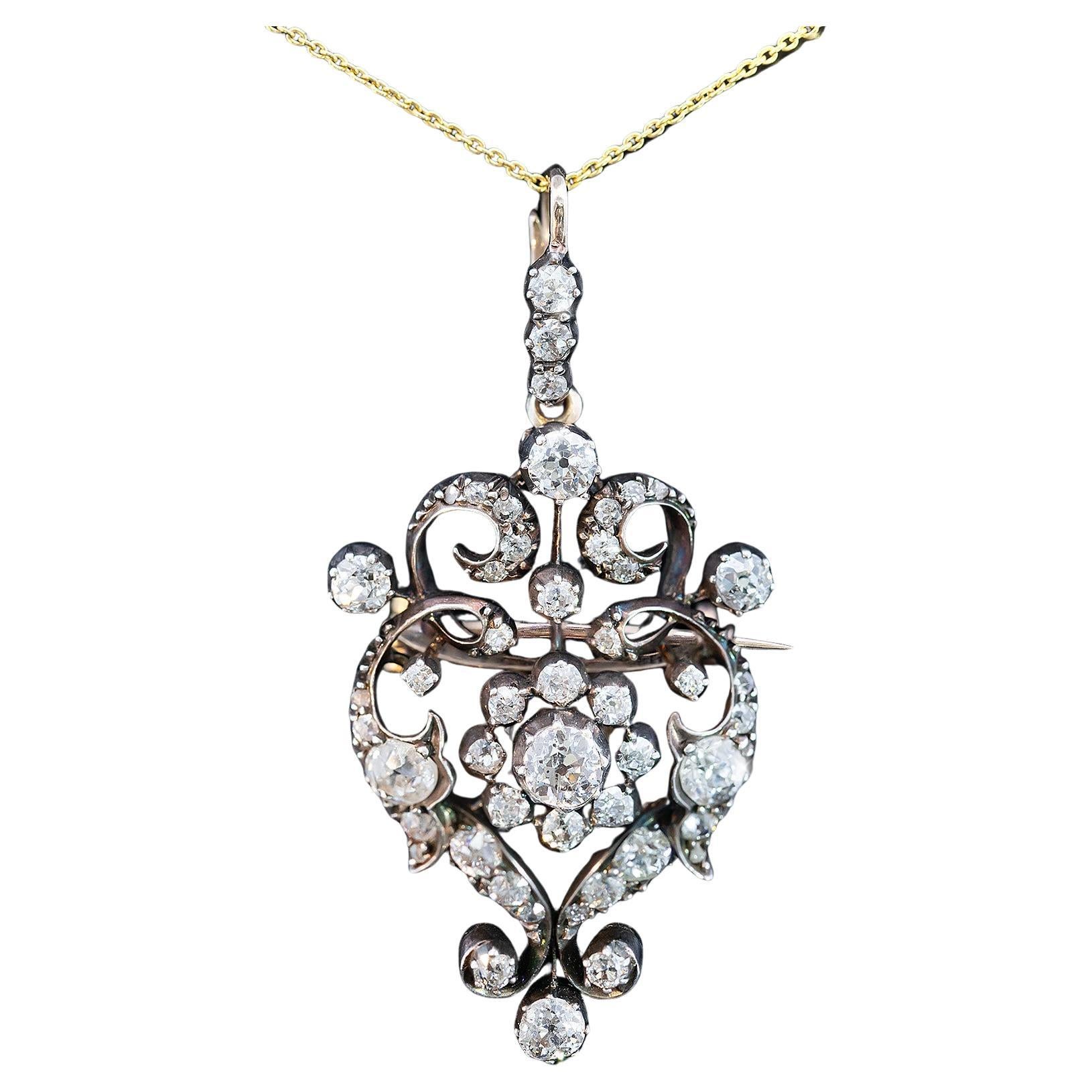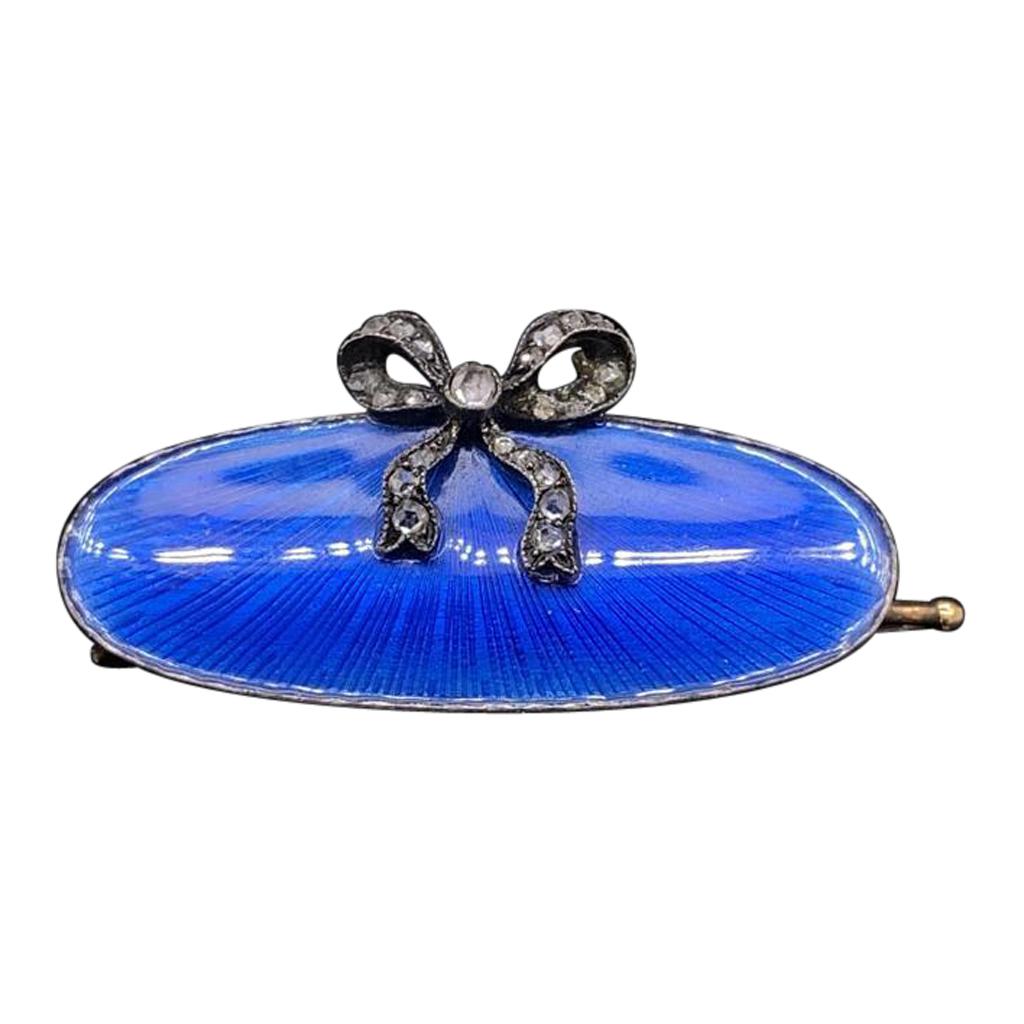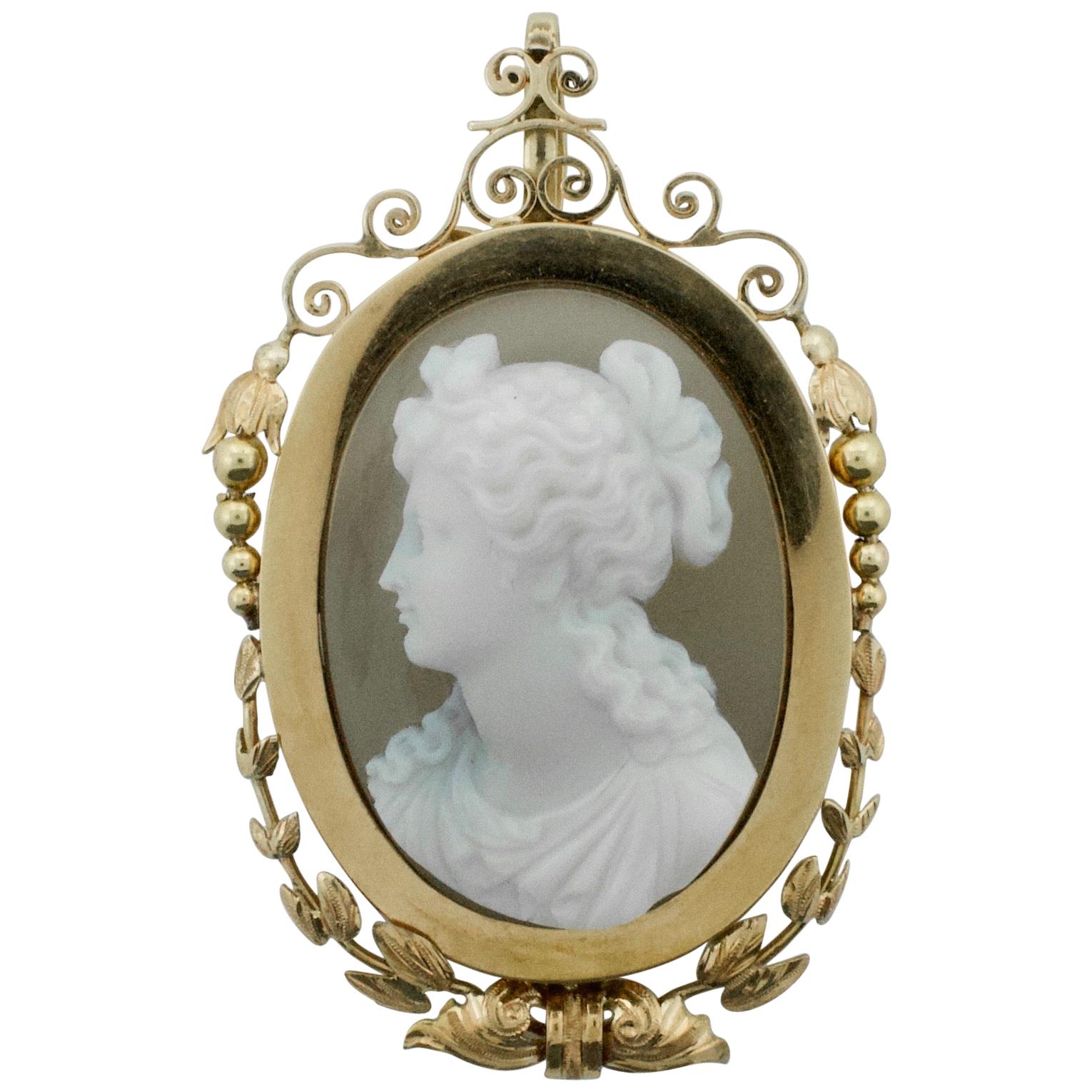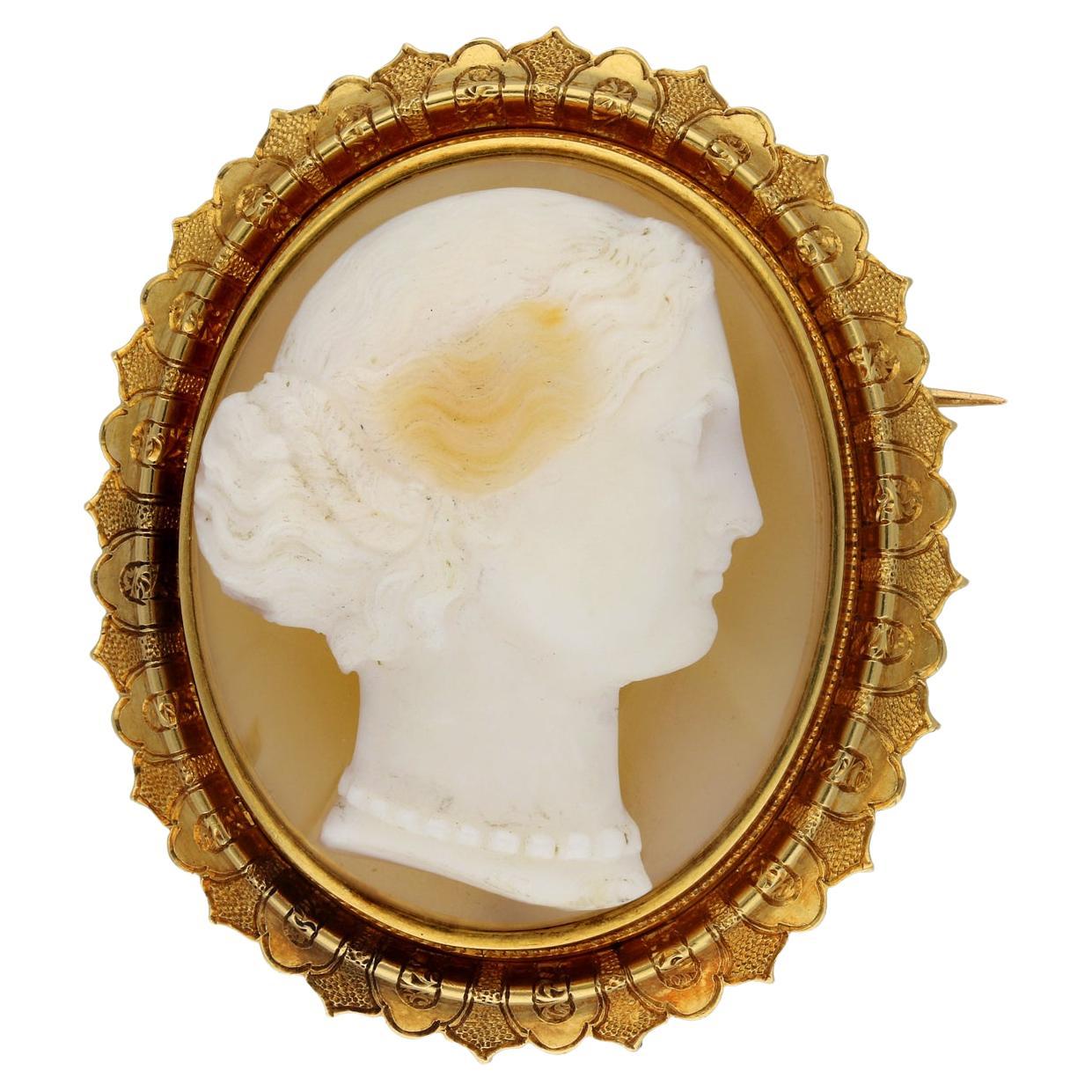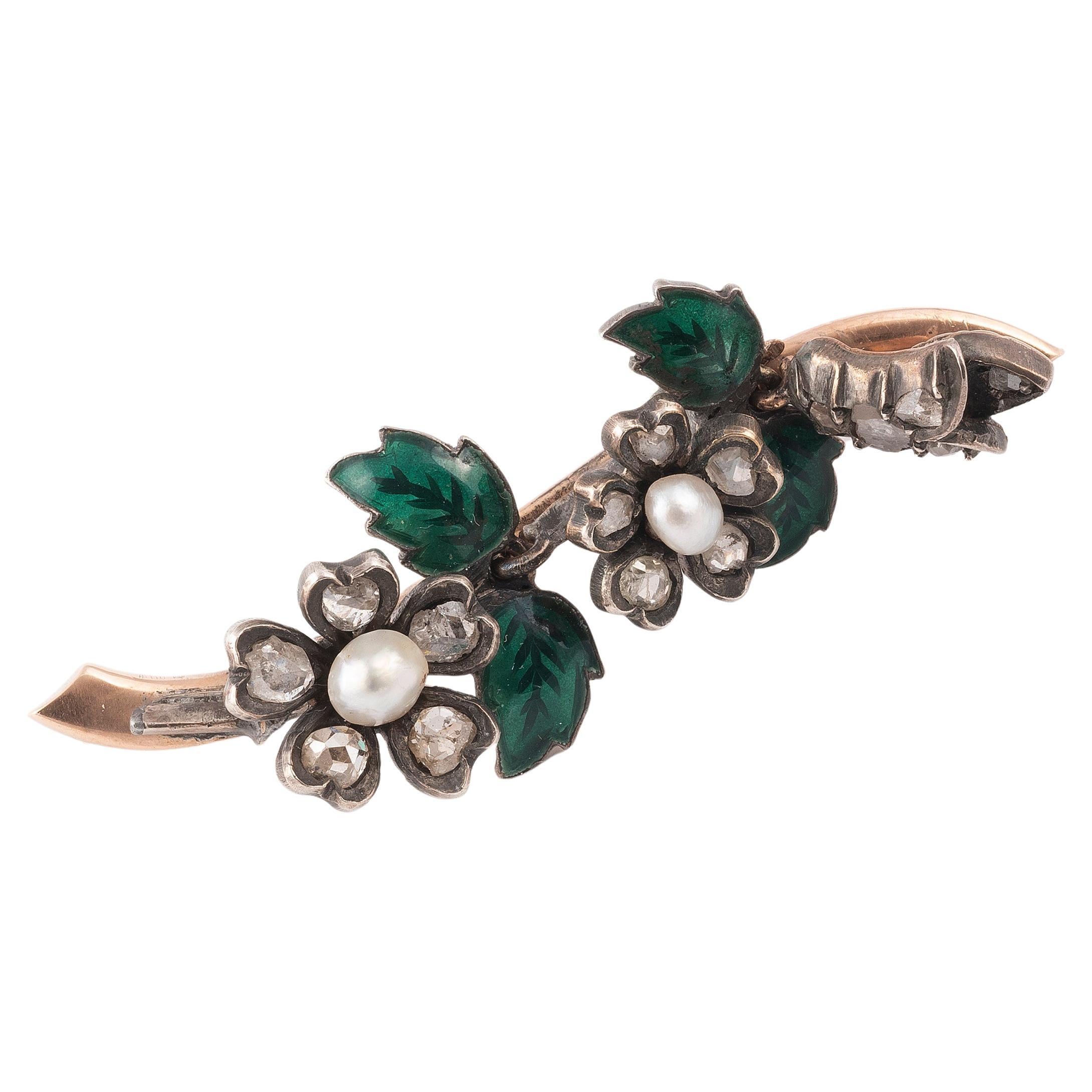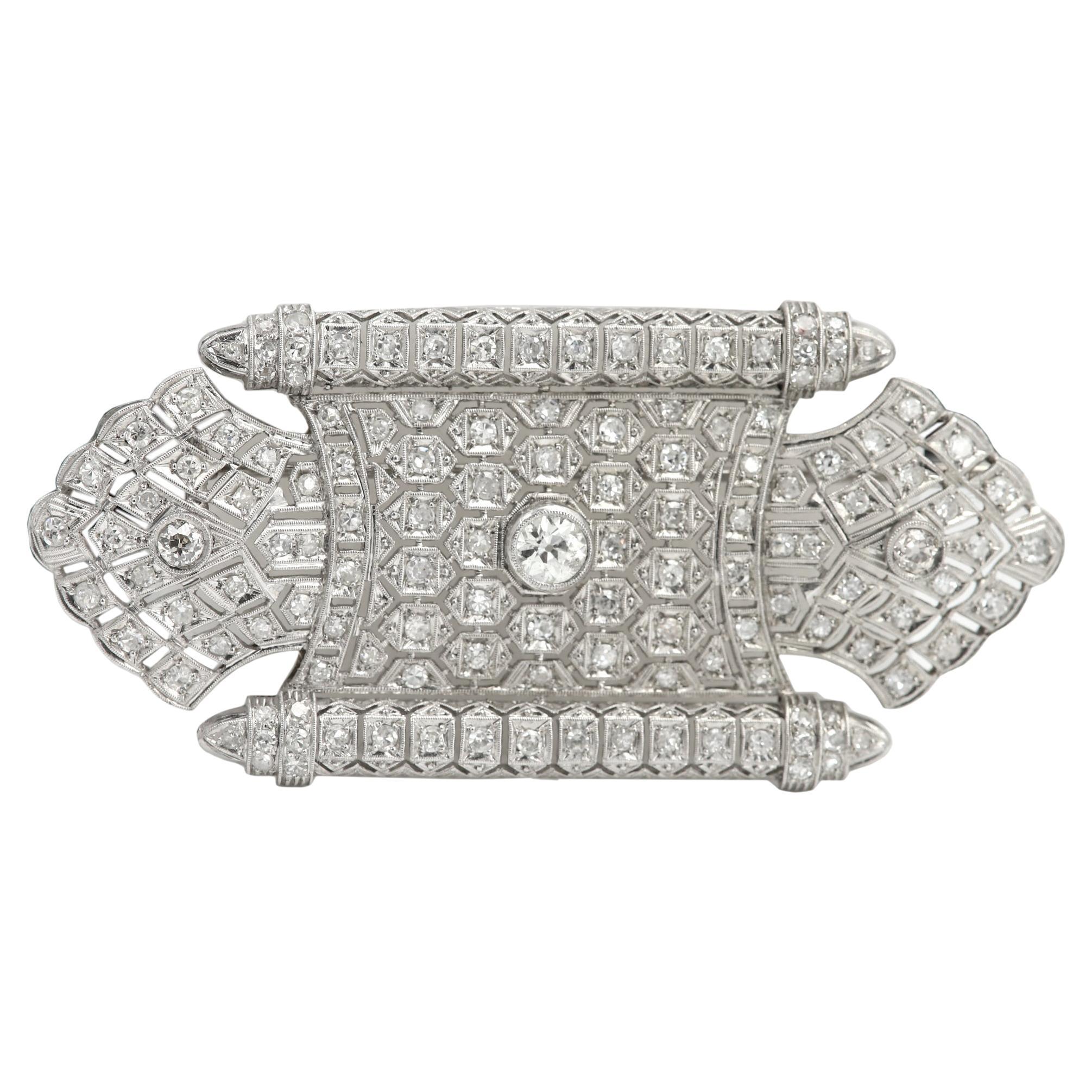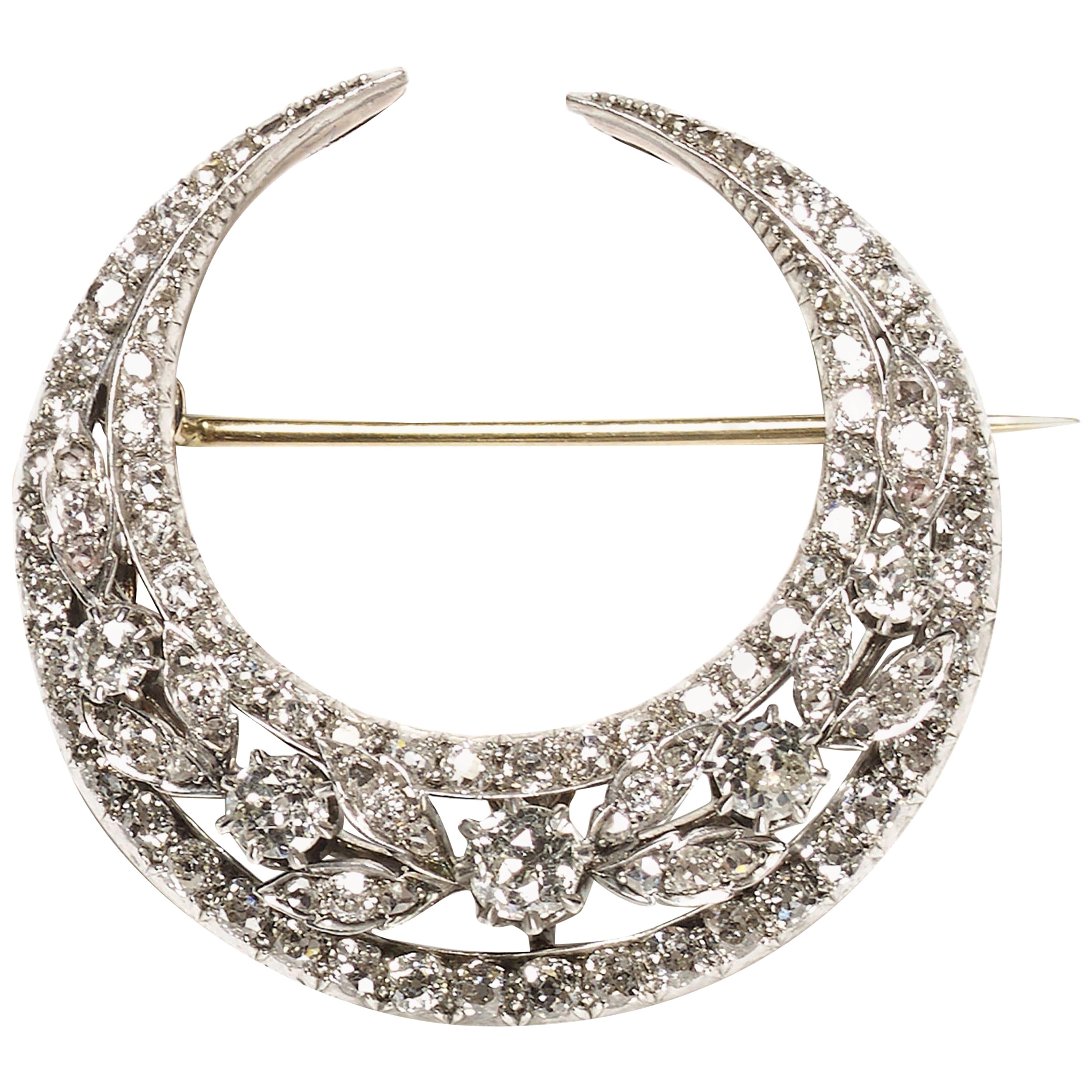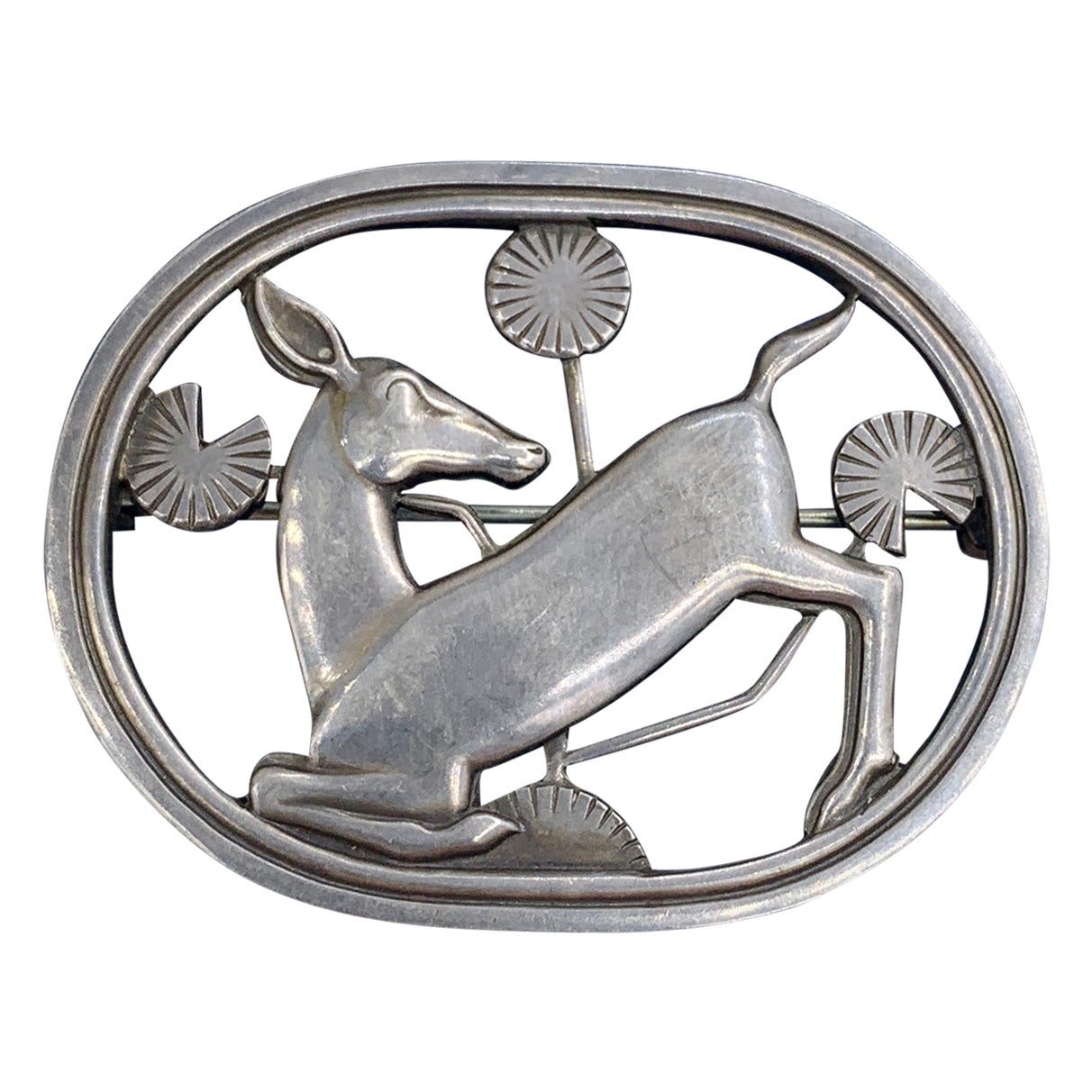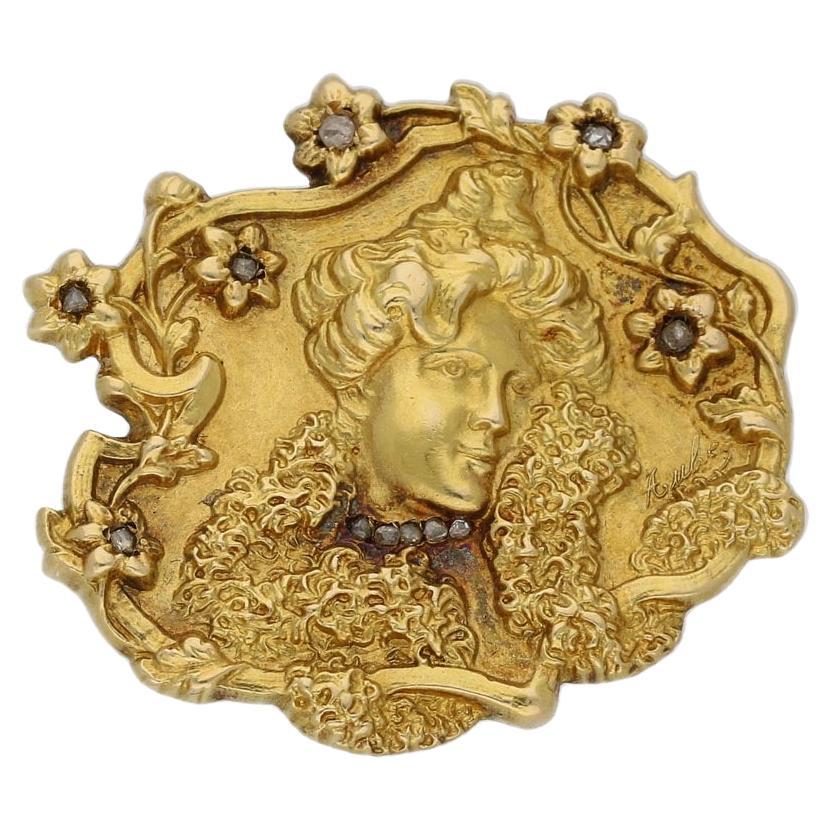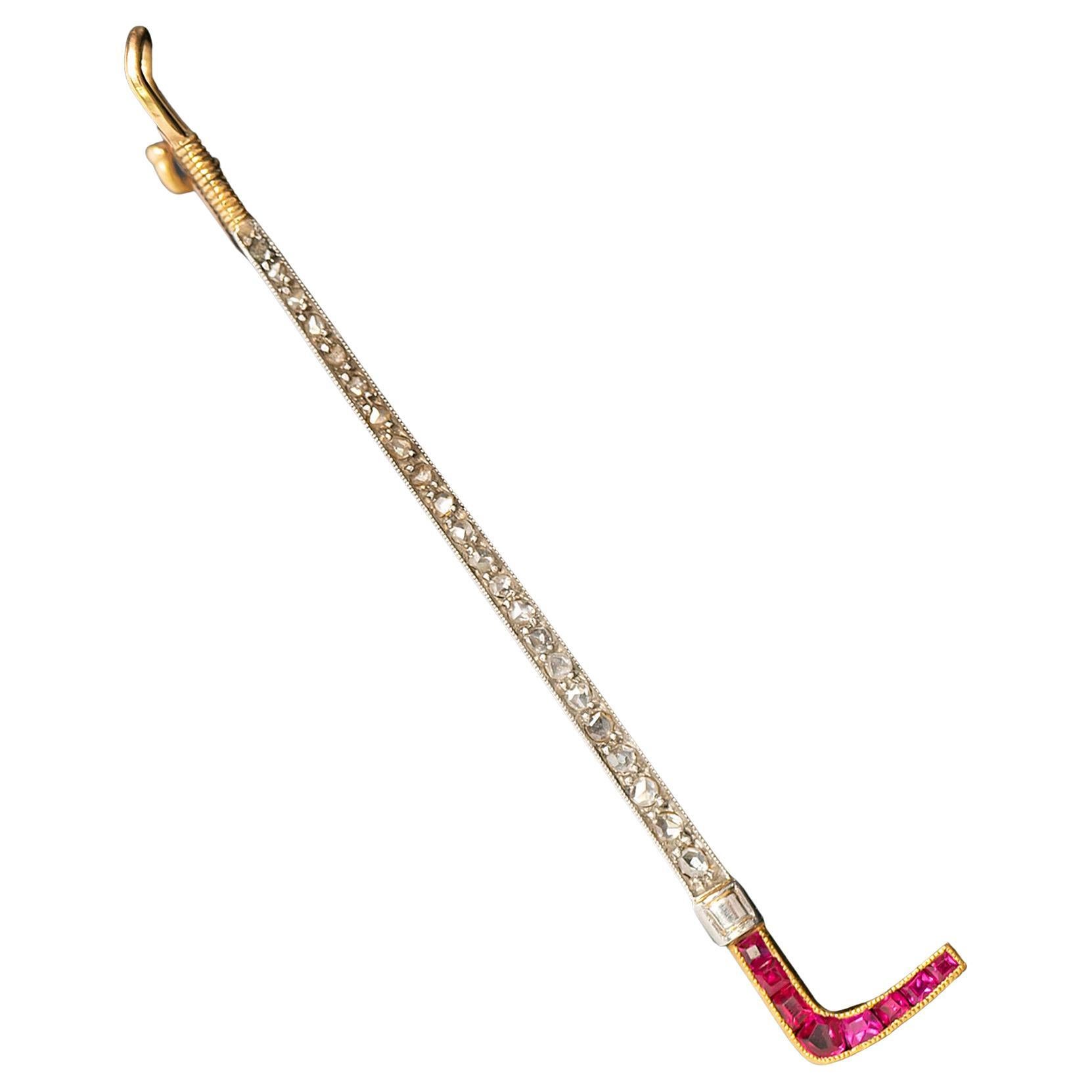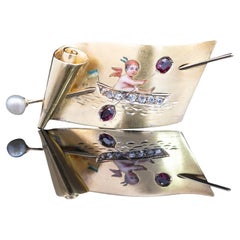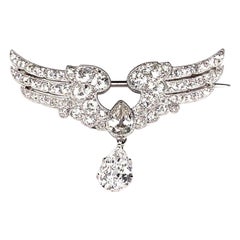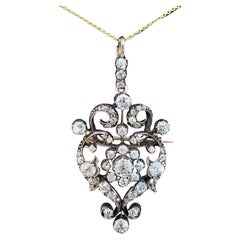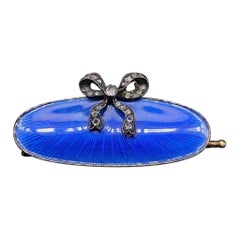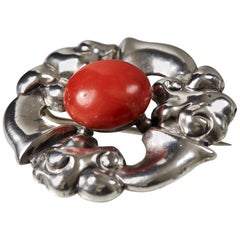
Brooch Designed by Thorvald Bindesböll for H. Kwaster, Denmark, circa 1900
View Similar Items
1 of 4
Brooch Designed by Thorvald Bindesböll for H. Kwaster, Denmark, circa 1900
$2,704.78List Price
About the Item
- Creator:Thorvald Bindesböll
- Metal:Silver
- Stone:Amber
- Dimensions:Diameter: 1.58 in (40 mm)
- Style:Modern
- Place of Origin:Denmark
- Period:1900-1909
- Date of Manufacture:1900´s
- Condition:Wear consistent with age and use.
- Seller Location:Stockholm, SE
- Reference Number:1stDibs: LU140428983621
Authenticity Guarantee
In the unlikely event there’s an issue with an item’s authenticity, contact us within 1 year for a full refund. DetailsMoney-Back Guarantee
If your item is not as described, is damaged in transit, or does not arrive, contact us within 7 days for a full refund. Details24-Hour Cancellation
You have a 24-hour grace period in which to reconsider your purchase, with no questions asked.Vetted Professional Sellers
Our world-class sellers must adhere to strict standards for service and quality, maintaining the integrity of our listings.Price-Match Guarantee
If you find that a seller listed the same item for a lower price elsewhere, we’ll match it.Trusted Global Delivery
Our best-in-class carrier network provides specialized shipping options worldwide, including custom delivery.You May Also Like
Edwardian Whimsical Brooch Circa 1900s
Located in ADELAIDE, SA
Feel the allure of the fantasy realm with this whimsical brooch featuring an unfurling ribbon pinned with a natural pearl stick pin. A wistful ...
Category
Early 20th Century Edwardian Brooches
Materials
Pearl, Ruby, 14k Gold
Diamond and Platinum Brooch by Cartier, Circa 1900
By Cartier
Located in London, GB
A diamond and platinum brooch by Cartier, circa 1900.
This elegant brooch by Cartier dates from the turn of the last century and is in beautiful condition for its age.
The brooch t...
Category
Antique Early 1900s French Late Victorian Brooches
Materials
Diamond, Platinum
Belle Epoque Diamond Pendant Brooch Circa 1900s
Located in ADELAIDE, SA
True to the era this Belle Epoque diamond cluster brooch-pendant is hand-crafted with a yellow gold undercarriage and sterling silver settings, featuring old cut diamonds. A central ...
Category
Early 20th Century French Belle Époque Brooches
Materials
Diamond, 9k Gold, Silver
Fabergé Enamel and Diamond Brooch Circa 1900
By Karl Fabergé
Located in London, GB
A Fabergé enamel and diamond brooch, circa 1900.
A rare, hand crafted 14ct yellow gold and silver brooch by Karl Fabergé, comprised of a roy...
Category
Antique Early 1900s Russian Russian Empire Brooches
Materials
Diamond, Yellow Gold, Silver, Enamel, 14k Gold
Stone Cameo Brooch Pendant, circa 1900
Located in Wailea, HI
Stone Cameo Brooch Pendant Circa 1900
Category
Early 20th Century Unknown Brooches
Victorian hardstone cameo brooch, French, circa 1900
Located in London, GB
Victorian hardstone cameo brooch. Set with an oval cameo in hardstone depicting the profile of a woman in the classical style, featuring a decorative engraved border and fitted to re...
Category
Antique Early 1900s European Victorian Brooches
Materials
Yellow Gold
